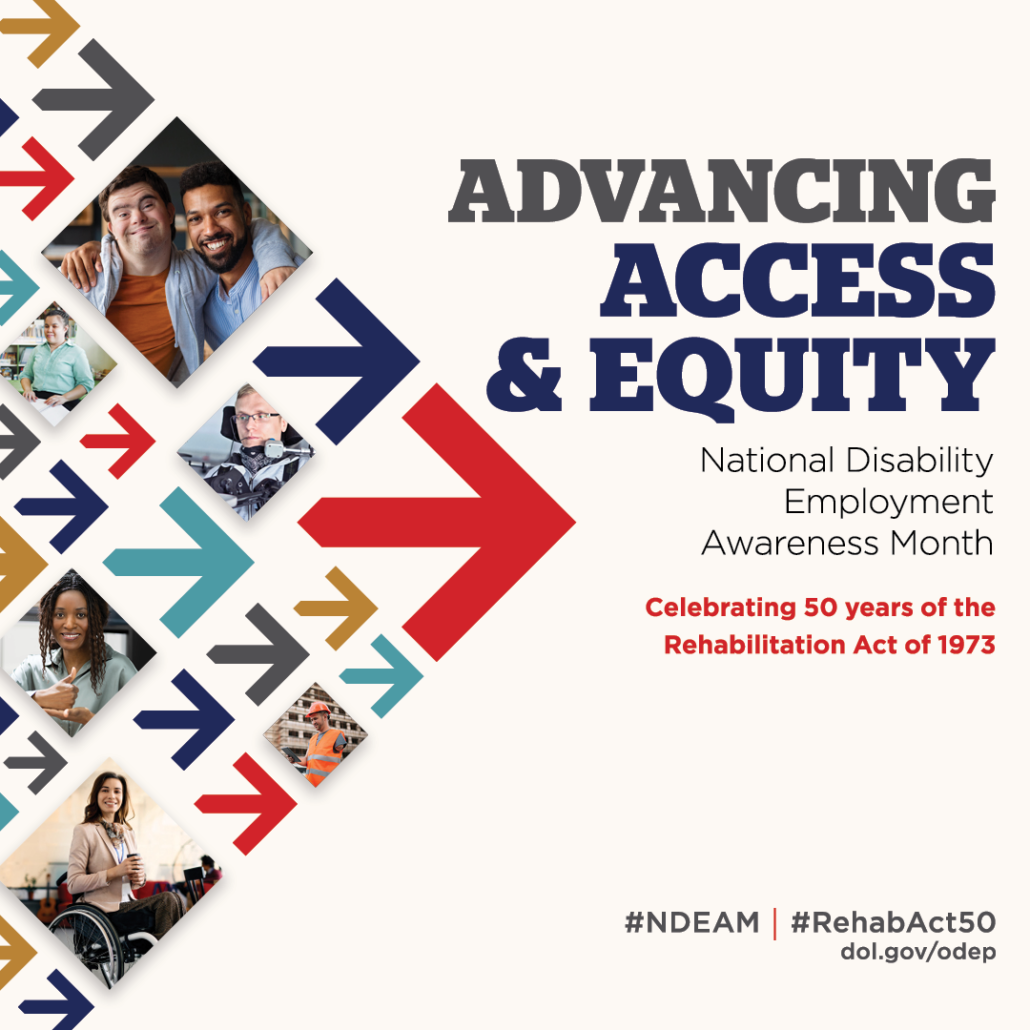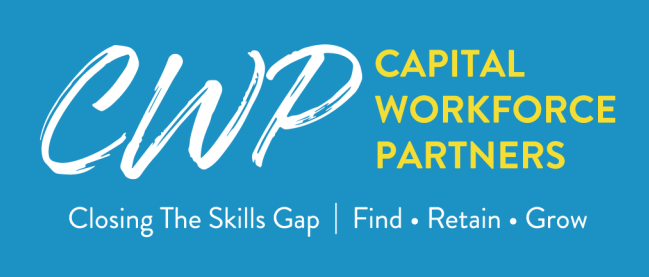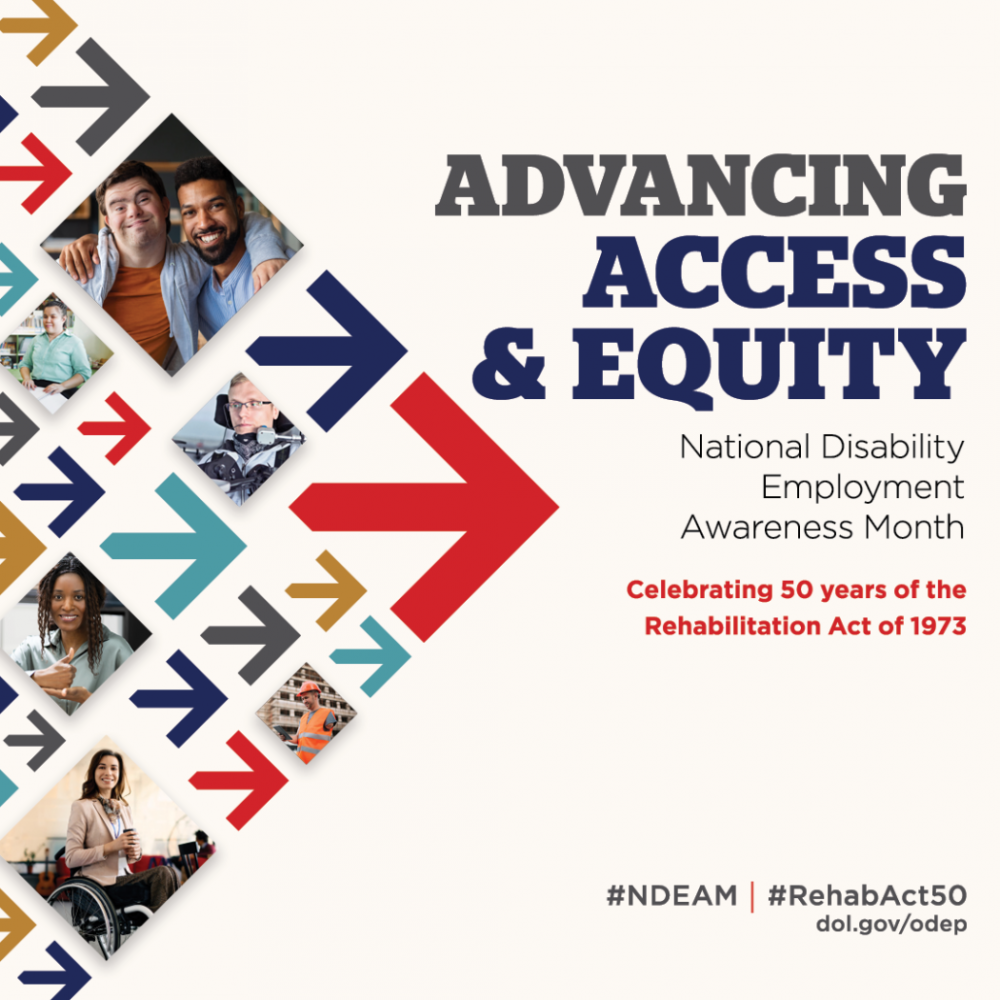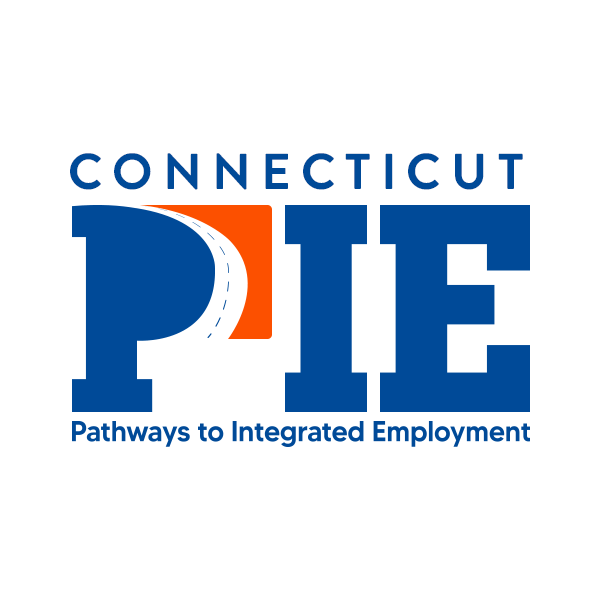[Tools & Resources]

The security of steady employment is often taken for granted - something you don’t think about until you’re out of work. And while for the vast majority of us a job search is pretty standard, pouring through online advertisements and websites, for people with disabilities trying to enter the workforce there remain numerous barriers to achieving meaningful, engaging employment - active, live issues that we, as a society, must work to address. That’s why every October we celebrate National Disability Employment Awareness Month – a time to acknowledge the steps that have been taken, the barriers that have been broken down, and those that remain in the quest to expand meaningful job opportunities for people with disabilities.
Employment is an important part of community inclusion, as meaningful work fosters personal growth, equal opportunity, self-sufficiency, and independence. CIL’s Senior Real Estate Development Advisor Sheldon ‘Shel’ Bustow has spent the majority of his career thinking about ways we can help people with disabilities reach their full potential.
“I’ve been in this field my entire career. When I started, everyone was focused on getting people out of institutions and into the community, into schools … but I, and many others, were always concerned about what happens next. What happens when you’re 18, 19, 20 years old? Are these individuals just supposed to sit at home? How can we get people with disabilities into the community and help them realize their full potential?”
- Shel Bustow, CIL Senior Real Estate Development Advisor
Resources to Help Job Seekers
Capital Workforce Partners (CWP), a regional, non-profit Workforce Development Board focuses on workforce investment strategies and services for job seekers and employers in Connecticut’s North Central Region to help individuals overcome barriers to employment and close the gap between skills and business hiring needs. Shel, who has been on the CWP board for 12 years, was recently nominated to chair an Ad Hoc study group for the board tasked with evaluating options to provide training and employment onboarding support services to employers seeking to diversify their workforce by finding qualified individuals in a largely untapped pool of candidates.
“This effort will cover a lot of people,” says Sheldon. “Whether it’s individuals with intellectual and developmental disabilities, brain injuries or other neurological issues – it encompasses a whole range of needs, from teenagers to older adults.”
The group plans to explore existing programs and employer best practices around the country to expand and apply new approaches to the already existing CWP Business Service Team for the North Central region. These programs include specific employer-based training and recruitment programs, individual training/orientation programs, ADA/Disability Etiquette Training, Assistive Technology Training, and education on the various tax incentives available for employers.

“Some of what we’re trying to do is to help teach people certain workplace-related skills that they may not have been exposed to. It’s one thing to learn to get along socially with your family and others, but a lot of people just never learn the skills of how to relate to others in the work environment, whether that be customers or co-workers. That’s one thing the committee is working on, along with helping people find the right jobs that match their skills and are equally challenging and fulfilling.”
- Shel Bustow
Making Strides
Success stories have already popped up throughout the years. Julie’s Cup of Joe, a coffee shop in Westport, Connecticut, employs and provides job training to students in transition programs at three area high schools. The goal now, says Shel, is to explore ways that CWP can help apply and expand these efforts into other industries.
Jim Boucher, CWP’s Chief Strategy Officer, has been with the organization for nearly 20 years. Focused on workforce investment strategies and services for job seekers and employers, his hope is that the newly-formed committee will further support CWP’s goal of diversifying the workforce, particularly for workers with disabilities.
Jill Larmett, a Disability Resource Coordinator (DRC) at CWP since 2012, has dedicated the majority of her career to helping jobseekers with disabilities. Prior to her current position, she spent 4-years serving as the Disability Program Navigator in the American Job Center system. Additionally, Jill worked as a job developer and Independent Living Skill Trainer for individuals with acquired brain injuries.
“We connect with 700 to 800 employers in any given year. Our hope is that CWP and the organization and networks we are involved with can help employers know what resources are available to them to diversify their workforce. We want to be able to further strengthen those strategies and services. There are already a good number of efforts underway in the state. We want to help facilitate, make sure that as many employers as possible know about these resources.”
- Jim Boucher, CWP Chief Strategy Officer
“My work with Jim and CWP is focused on accessibility,” says Jill. “Whenever we apply for a new grant or program, we ask ourselves ‘is it accessible?’ We’re very focused on systems change and developing accessible and inclusive work environments.”
Jill oversees disability services in seven One-Stops (American Job Centers) in the Hartford region, and specializes in finding resources within the community that can assist individuals with disabilities. Another facet of Jill’s role entails working closely with the CareerConneCT program, an initiative designed to help Connecticut residents get training and jobs in fast-growing industries.
“We want to debunk the myth that accommodations for people with disabilities are expensive. One of the important focuses is employer engagement. Working alongside CareerConneCT, we’ll start with those employers who have engaged with onboarding and training offered by the program and provide training on disability etiquette and follow that up with assistive technology and accommodations in the workplace training.”
- Jill Larmett, CWP Disability Resource Coordinator (DRC)
Jill also partners with the Bureau of Rehabilitation Services Connecticut Pathways to Integrated Employment (CTPIE), an initiative that offers pathways to competitive and integrated employment through specialized services tailored to each person’s unique skills, interests, and needs, helping to ensure all people who want to work have the opportunities they deserve to be successfully employed.
“What CTPIE is doing involves developing customized employment,” Jill says. “We look at employer needs and try to create positions from there.”
A way of thinking about it, says Jill, is to consider the tasks in an employee’s day that could be handled by someone else. For instance, say a pizza chef needs to take an hour out of prep time to fold pizza boxes for the day’s order – that’s an example of a job that could be created for someone else.
Year-Round Awareness and Opportunity
So, while National Disability Employment Awareness Month spans a mere 31 days during the month of October, individuals like Shel, Jill, and Jim are working year-round to help spread awareness and develop opportunities for jobseekers with disabilities to join the workforce.
“When I first started in this field in the early 1970’s, I was working at a state facility in California, I met so many young people that had so much potential that wasn’t recognized. Helping people be a part of the community, helping people lead fulfilling lives — that’s what this effort is all about.”
- Shel Bustow, CIL Senior Real Estate Development Advisor












